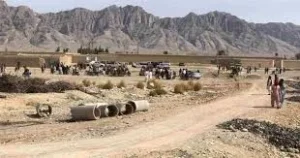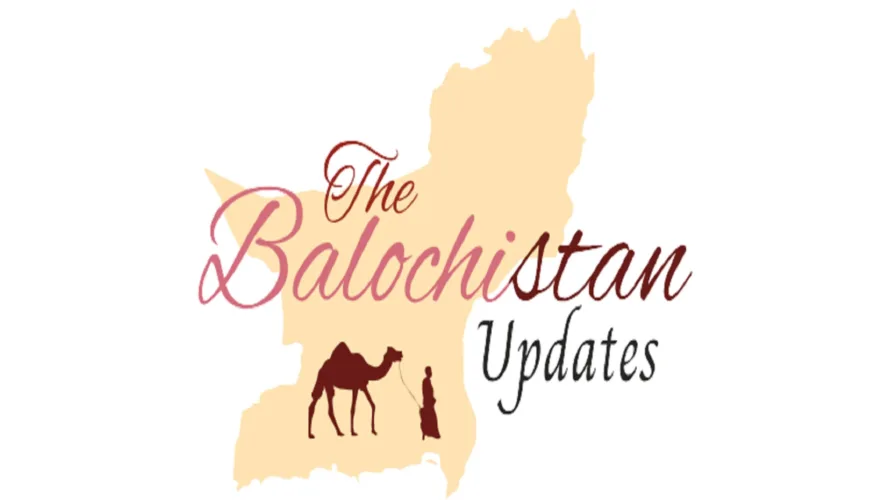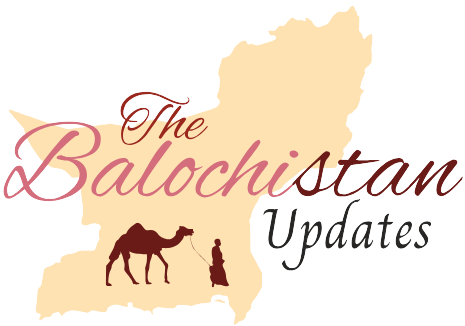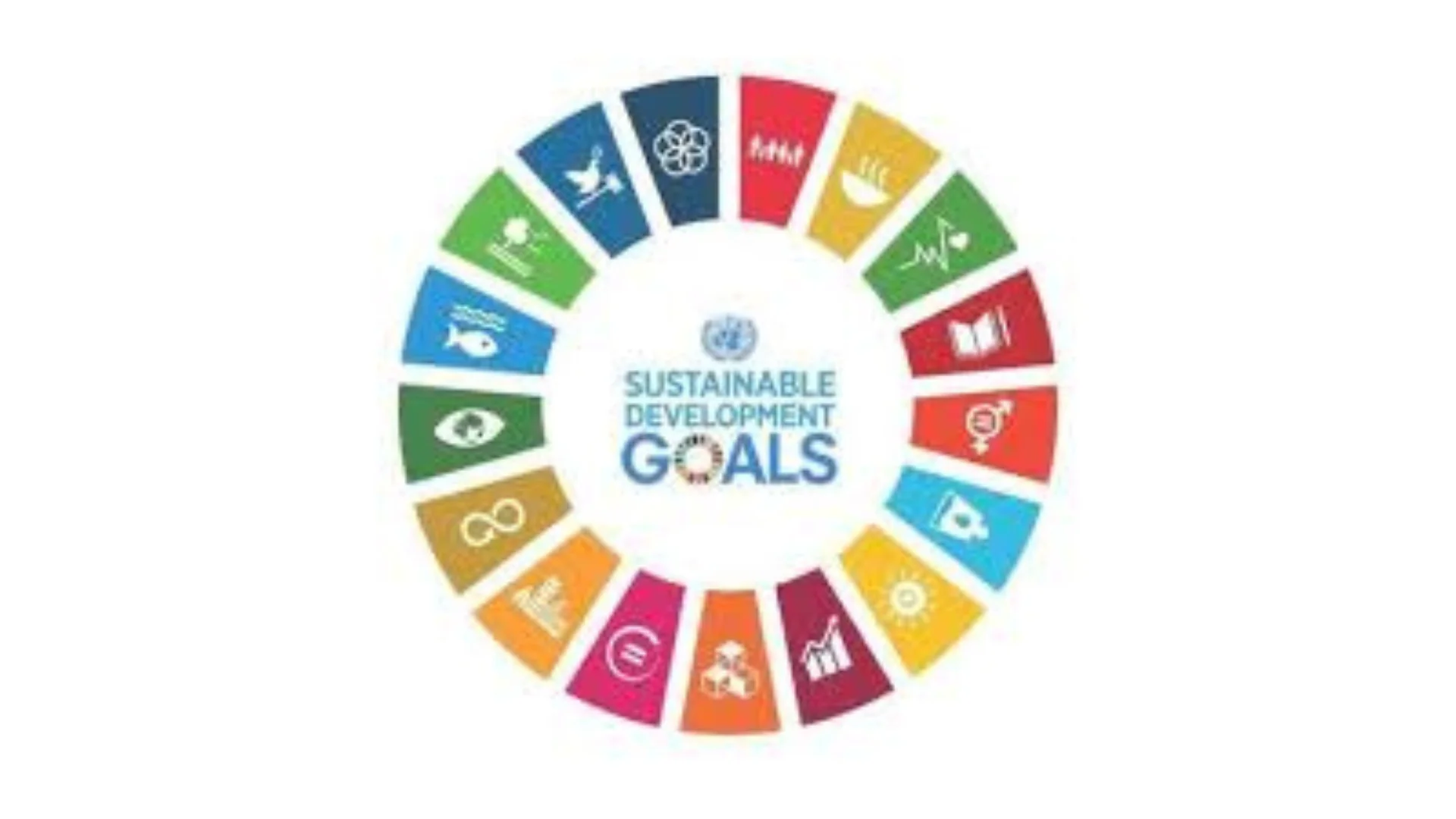Journey of Balochistan for Sustainable Development
Balochistan’s journey towards sustainable development is undeniably and indisputably challenging, but it is not impossible. With the right strategies, investments, and a collective commitment to change, the province can transform its fortunes and emerge as a shining example of progress in Pakistan.
Participation of All Stakeholders
It is imperative that both the provincial and federal governments work in unison, alongside civil society and international partners, to chart a brighter future for Balochistan and its people. Only then can the province hope to meet the ambitious goals of 2030 and truly thrive. Balochistan, the largest province in Pakistan, has long been mired in a complex web of challenges, hindering its path towards progress and development.
Status of Balochistan
As we reflect on its struggles, it becomes evident that Balochistan stands at a crossroads, with daunting hurdles to overcome and a promising future within reach.
The Backward Province: Balochistan’s status as one of the most backward provinces in Pakistan is a stark reality that cannot be ignored. Its underdevelopment is a consequence of various factors, including political instability, insufficient infrastructure, and limited access to quality education and healthcare.
Geographical Location
Balochistan’s geographical location, bordering both Iran and Afghanistan, should ideally position it as a thriving hub for trade. However, the province has, for far too long, grappled with the menace of smuggling, which not only undermines its economic potential but also hinders efforts to curb illegal activities.
Limited Access to Resources

The persistent electricity and gas supply issues in Balochistan, particularly in its capital, Quetta, have hampered the daily lives of its residents and impeded economic growth. The problem is exacerbated by illegal connections and the influence of powerful mafias, who exploit the situation for their own gain.
Balochistan has been yearning for foreign investments to kickstart its economy and improve the living standards of its people. However, despite the potential it holds, the province has struggled to attract substantial foreign investments, leaving the burden of development on the shoulders of its law-abiding citizens, who dutifully pay their taxes year after year.
Balochistan’s natural beauty and fragile ecology are under constant threat due to unchecked, illegal construction projects that are turning its cities into concrete jungles. This unchecked urbanization not only erodes the province’s unique natural assets but also exacerbates existing challenges.
While Balochistan produces many aspiring students, they often face limited opportunities and resources. The inclination towards becoming doctors is commendable, but the province has yet to witness groundbreaking innovations or scientific breakthroughs that could contribute to the world’s knowledge pool.
Sustainable Development Goals by 2030
The lack of a robust ecosystem for research and development is evident. Meeting the Sustainable Development Goals (SDGs) by 2030 may seem like an insurmountable task for Balochistan, given the challenges it faces. However, it is not an impossible mission. Adequate infrastructure is the backbone of development. Balochistan needs significant investments in roads, energy, and communication networks to facilitate trade and economic growth.
Hurdles in the way to Sustainable Development
Tackling corruption is vital to attracting foreign investment and ensuring that resources reach their intended recipients. Balochistan must invest in quality education, research institutions, and vocational training to empower its youth with the skills and knowledge necessary to drive innovation and development.
Strict regulations must be enforced to protect the province’s natural beauty and preserve its ecological balance. Encourage community participation and involvement in decision-making processes to ensure that development initiatives are inclusive and sensitive to local needs. Effective governance and transparency are essential for efficient resource allocation and development planning.


